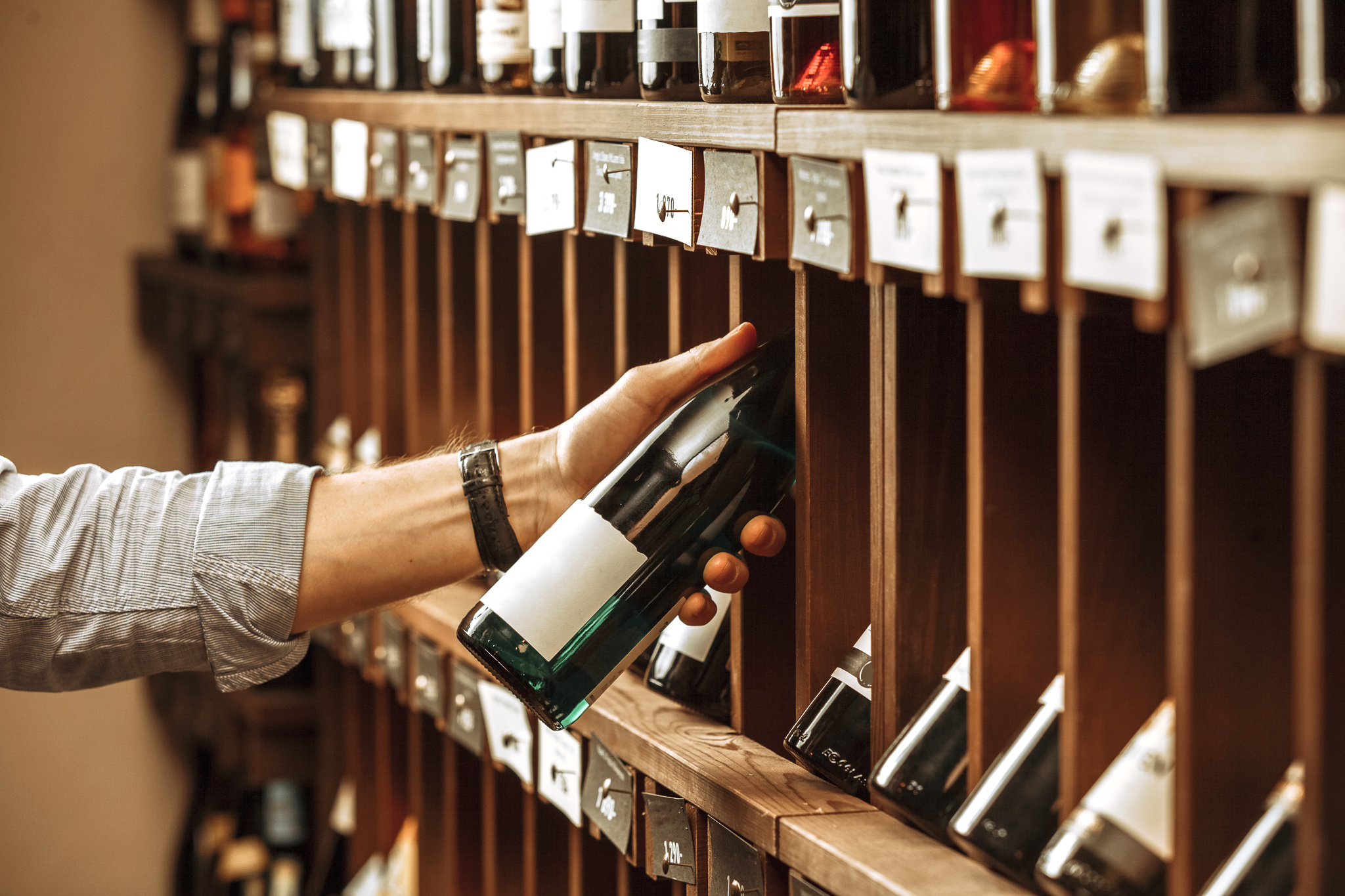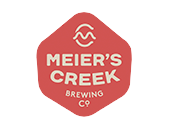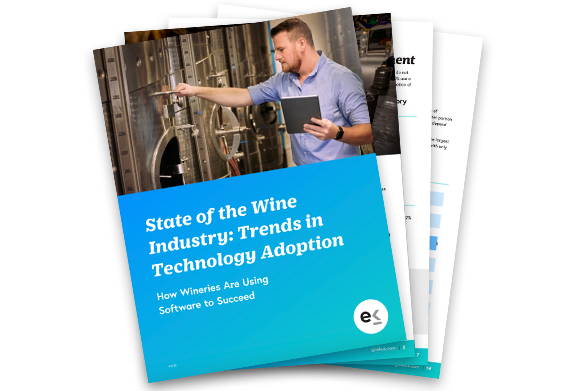Integrating data across your business helps you grow and scale
The amount of data collected and flowing throughout your wine business on a daily basis can be challenging to manage and track. On the sales side of the house, you may be processing tasting room sales, one-off online orders, quarterly wine club shipments, and more. Then, your back-of-house team has to use that data to update your available inventory and create journal entries and invoices to keep your books up to date. Many wineries rely on a complicated mix of spreadsheets and disparate software solutions to manage this information, but it can be time-consuming to manually enter data on a daily basis and ensure accuracy across the board.
What if we told you there was a better way to manage sales, inventory, and accounting data? By choosing an inventory management system that integrates with your POS/ecommerce platform and accounting software, you can take business management to the next level.
Eliminate Manual Processes
Think about all the time you’re currently wasting with manual processes. Even simple tasks that take five minutes here and there start to add up to valuable hours each week. That’s why automation and connected systems are the keys to saving time and resources. Most wineries have a digital point-of-sale system for purchases made in the tasting room. And due to the growth of online sales in 2020, it’s likely that you have some sort of ecommerce platform as well, whether for pre-orders, merchandise sales, or a wine club. While having a central location for all of your sales is essential, how do you ensure that daily sales data is reflected across the rest of the business?
With integrated winery software systems, all data from your POS and ecommerce platform will sync directly with your inventory management and accounting systems, without any additional entry. With this connection, there is an automatic depletion of your finished goods inventory. This means you’ll have an accurate picture of your available inventory at all times to understand what you can sell and where you may be running low. An additional connection to your accounting software automatically creates journal entries and invoices so your books remain up to date — again, without manually reconciling your data.
Keep Data Consistent Across Systems
Data accuracy is crucial to your business, especially as you grow. But if you rely on manual entry and record-keeping, it is easy for human error to affect your data’s reliability. Even a tiny error like a dropped decimal can lead to serious inconsistencies. And once you realize the issue, someone on your team has to spend time finding and fixing what went wrong.
Automated processes between your DTC channels and inventory and accounting systems ensure that data is consistent and accurate. Every member of your team, from tasting room and production staff to your CPA or CFO, will have the right information at their fingertips to make decisions about the business. This becomes even more important as your operation grows and it isn’t possible for employees to communicate directly on every single piece of information. Instead, they can rely on your inventory management system as a central digital hub and the true north for all business metrics.
Discover Insights About Your Business
Once all of the information is flowing automatically, you’ll have access to better data and more time to dive into it. This is how you take your business from surviving to thriving — a deep understanding of your business performance will help you make better decisions for the future.
Your inventory management system should provide you with hundreds of reports as well as visualizations and dashboards so you can easily identify your key business metrics. With sales data, accurate inventory, and financial information all in one platform, you can run reports on COGS or product margins. By understanding your costs, you can identify opportunities to increase your margins on particular products by adjusting prices, which can have a marked impact on your business results.
Introducing the Commerce7 – Ekos Integration
We’re thrilled to announce a new integration to connect data across your wine business. Ekos partnered with Commerce7, a platform to manage point-of-sale, ecommerce, and club sales. Customers with this integration have the advantage of an automated flow of all transactions from Commerce7 directly to Ekos, where inventory is automatically depleted. Then, an accounting software sync with QuickBooks or Xero creates journal entries and invoices with no additional data entry.
Get the Integration
If you’re interested in learning more about how the Ekos – Commerce7 integration works, visit this page or contact our team.





